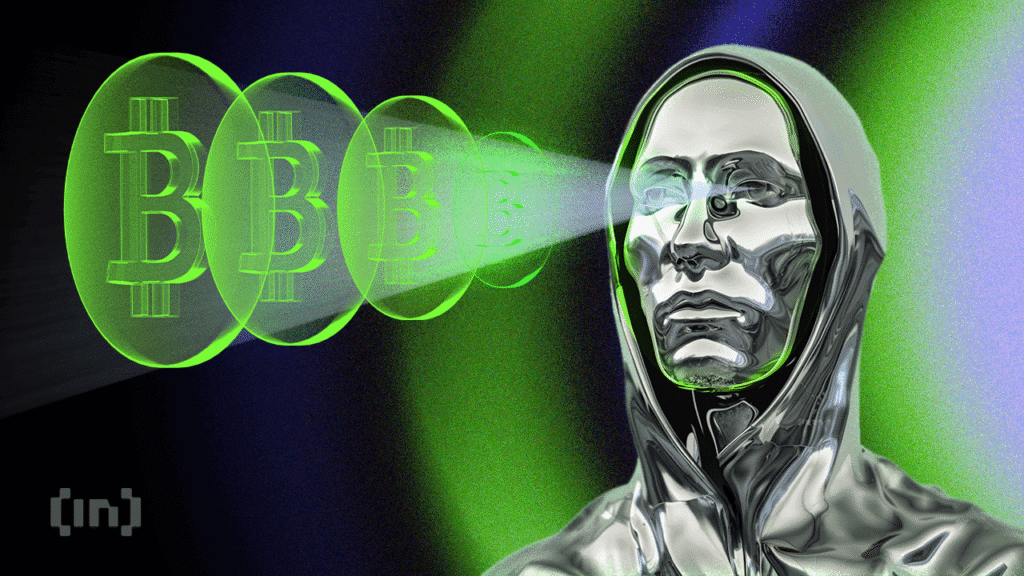Five dormant Bitcoin (BTC) wallets mined in 2010 collectively moved 250 BTC worth around $29.6 million on Thursday, following more than 15 years of dormant.
However, it seems unlikely that Satoshi’s BTC Holdings is alive and moving.
Legacy Bitcoin Minor Wallet Wakes Up in 15 Years
Thursday’s deal rekindled speculation about the early miners, pseudonym creators of Bitcoin and Nakamoto at. The coin was mined on April 26, 2010, just a few months before Patosi’s mining patterns stopped activity.
Patosi patterns refer to clear and traceable mining patterns found in early bitcoin blocks that are thought to be related to Nakamoto At. It was discovered in 2013 by researcher Sergio Demián Lerner through detailed blockchain analysis.
However, blockchain analysts believe it is unlikely that these funds will be linked to Satoshi himself.
These coins reportedly moved while Satoshi was active on the Bitcoin network.
“According to our research, today’s two 50 BTC dormant ad restaurant transactions were mined at the end of the period when Satoshi was active (up to around block 54,316). However, it is very unlikely that the block was mined by Satoshi.”
Satoshi’s BTC tokens are associated with the Patoshi pattern. This is a trend we noticed in the early days of Bitcoin. The idea is that Satoshi was mining Bitcoin early in one setup.
Patosi miners, meanwhile, are unique and well documented mining organizations believed to be run by Satoshi.
In a previous report, Whale Alert estimated the number of blocks mined and the number of bitcoins owned by Satoshi.
This study cited 1,125,150 BTC mined to block 54,316. As of July 20, 2020, these holdings had estimated a total of at least $10.9 billion.
Why “very unlikely” these wallets belong to Sato
Blocks associated with a patosy pattern have their own signature. These include a narrow non-CE range that is very different from other miners of that era.
“Lerner found additional evidence of his claims in Nonces. The last bite of non-CE was always within the 0-9 or 19-58 range, while all other miners used the full range of 0-255,” explained Whale Alert.
Furthermore, researchers believe that Satoshi intentionally abolished mining operations around May 2010.
“It’s safe to say that Patosi miners were turned off in May 2010. It strongly suggests that the timing of the closure, mining behavior, systematic decline in mining speeds, and Sato is only interested in the growth and protection of his younger network,” Whale Alert added.
Despite some common speculations, modern activities do not fit this pattern. Bitcoin mined by Patosi was probably a by-product of these efforts, according to Whale Alerts. Plus, the chances of the rest being spent are low.
Still, transactions offer an unusual window for the earliest Bitcoin employers.
Whale Alert points out that the findings do not rule out the possibility that Sato may be running the miner using published software.
“…I think it’s only for testing purposes and it’s likely that at least one of the non-father patterns belongs to Satoshi,” the researchers noted.
Whale alert said it will release a comprehensive list of blocks where atshi has died soon.
Meanwhile, Satoshi-era Bitcoin’s address, once dormant, has resurfaced in recent weeks, prompting fear of selling.
Galaxy Digital is being scrutinized to help offload 80,000 BTC from wallets linked to long-term holders.
In addition to market uncertainty, several long-term Bitcoin wallets suddenly became active in July, sparking speculation that more sales could continue.
X (Twitter) community members speculated that these Satoshi-era Bitcoin holders could be preparing to leave during their next bullish leg.
“There have been a lot of old Bitcoin transfers recently,” one user posted. “Are they ready to sell out during the next bull run?” I wrote one user.
While the foundations of Bitcoin remain strong, the trend in whale movement coins in July has injected new uncertainty into the short-term outlook.
Currently, traders are monitoring volatility, while investors hope that a fresh influx will allow BTC to return to its new high.
Did this post run Nakamoto At’s Bitcoin wallet? Here’s what analysts say they first appeared in Beincrypto:

